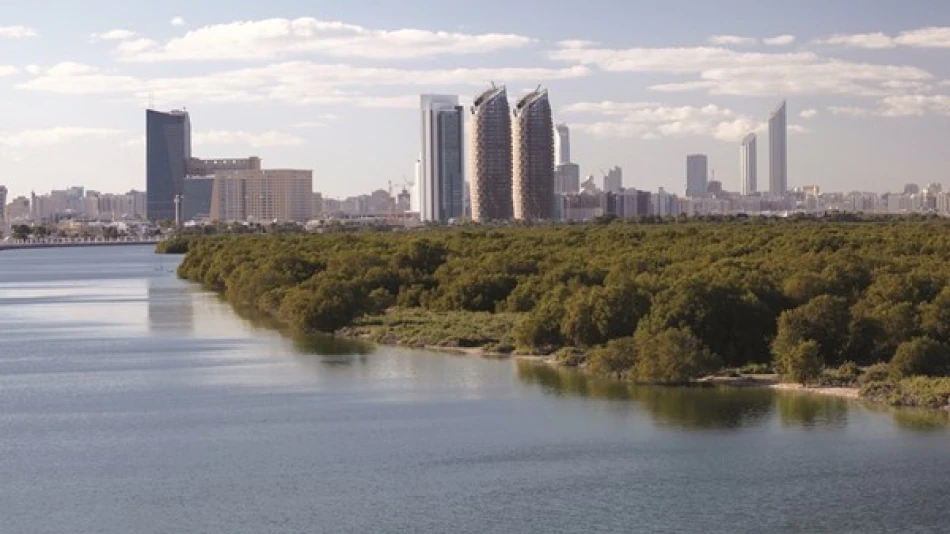
Sunny Days, Humid Nights: Tomorrow's Weather Forecast
UAE Braces for Scorching Weekend as Temperatures Soar to 44°C Amid High Humidity
The United Arab Emirates is set to experience another punishing day of extreme heat tomorrow, with temperatures reaching a blistering 44°C in inland areas while coastal regions face the double burden of high temperatures and oppressive humidity levels up to 90%. The forecast highlights the Gulf nation's ongoing battle with increasingly severe summer conditions that test infrastructure resilience and energy demands.
Weather Patterns Signal Typical Gulf Summer Intensity
According to the National Center of Meteorology, tomorrow's weather will range from clear to partly cloudy, with occasional cloud cover expected in eastern and northern regions. The forecast reveals a stark temperature divide across the Emirates, with inland areas like Liwa reaching the day's peak of 44°C, while coastal cities maintain relatively moderate highs around 38-41°C.
Humidity will pose the greatest challenge for residents, particularly along the coast where levels will climb to 90% in major population centers including Abu Dhabi, Dubai, and Fujairah. This combination creates dangerous heat index conditions that can make temperatures feel significantly higher than recorded values.
Regional Temperature Breakdown
The most extreme conditions will concentrate in the interior desert regions, with Al Ain hitting 43°C and Liwa reaching 44°C. Coastal emirates will see more manageable but still intense temperatures: Dubai and Abu Dhabi both expecting 40°C, while Sharjah anticipates 39°C. Ras Al Khaimah stands out among coastal areas with a forecast high of 41°C.
Infrastructure and Energy Implications
These temperature forecasts carry significant implications for the UAE's power grid and cooling infrastructure. Historical data shows that every degree above 40°C typically triggers exponential increases in electricity consumption as air conditioning systems work overtime. The combination of high temperatures and humidity forces cooling systems to operate at maximum capacity for extended periods.
For the aviation sector, particularly Dubai International Airport—one of the world's busiest—such conditions can impact aircraft performance and ground operations. High humidity combined with extreme heat reduces air density, affecting takeoff capabilities and requiring careful flight planning adjustments.
Maritime Conditions Offer Some Relief
Sea conditions present a mixed picture for those seeking coastal relief. The Arabian Gulf will experience light waves, with the first high tide at 23:29 and second low tide at 06:27. The Sea of Oman shows slightly more active conditions with light to moderate waves, offering multiple tide cycles throughout the day.
Wind patterns will provide minimal relief, with light to moderate southwestern to northwestern breezes ranging from 10-20 km/h, occasionally reaching 30 km/h. While insufficient to significantly impact the heat, these winds may help with air circulation in outdoor areas.
Broader Regional Context
The UAE's weather pattern reflects broader regional trends affecting the entire Arabian Peninsula during peak summer months. Similar extreme conditions are simultaneously impacting neighboring countries including Saudi Arabia, Qatar, and Kuwait, where infrastructure adaptation to climate extremes has become a critical national priority.
The forecast underscores the UAE's ongoing investment in climate-resilient infrastructure and renewable energy sources. As temperatures regularly exceed 40°C during summer months, the nation continues expanding solar capacity—ironically leveraging the same intense solar radiation that creates these challenging conditions to power the cooling systems essential for modern life in the region.
 Layla Al Mansoori
Layla Al Mansoori







